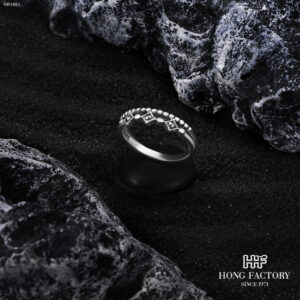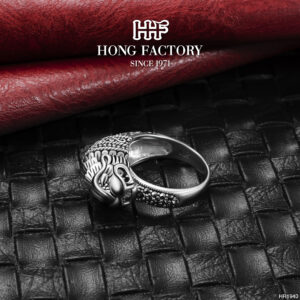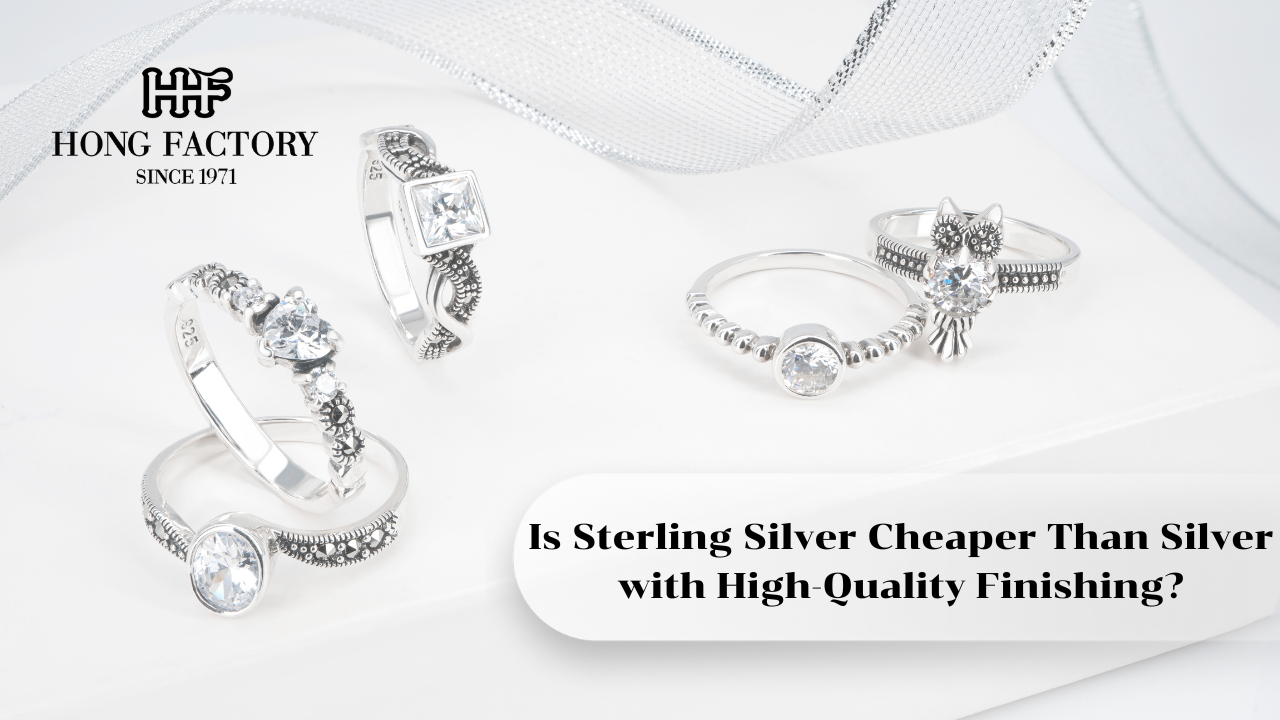In the world of jewelry, silver remains a timeless favorite for its elegance and versatility. Whether it’s polished to a mirror shine or coated for extra brilliance, silver jewelry captures the essence of sophistication. However, one question frequently arises among jewelers and buyers alike: is sterling silver cheaper than fine silver when it comes to high-quality finishing? The answer lies in understanding how the composition, workability, and finishing process impact both cost and craftsmanship. Is sterling silver real
Understanding Sterling Silver and Fine Silver Finishing

To appreciate the difference in price and performance, it’s important to understand the two metals. Fine silver (99.9% pure) is soft, smooth, and highly reflective, but its malleability makes it less ideal for intricate finishing. It’s often used in luxury or collectible items where purity is valued more than durability.
Sterling silver (92.5% silver and 7.5% copper or other metals), however, offers the perfect balance between purity and strength. This slight alloying improves hardness, allowing jewelers to achieve finer detailing and more complex finishes. Whether brushed, matte, oxidized, or rhodium-plated, sterling silver holds its shape and finish longer than fine silver.
Is Sterling Silver Cheaper with High-Quality Finishing?
So, Is Sterling Silver Cheaper than pure silver when it comes to high-quality finishing? The answer is yes and it’s also the more practical choice. While fine silver has a higher base value, sterling silver’s durability makes it easier and less costly to polish, plate, and coat. The finishing process on fine silver often requires extra care to avoid warping or scratching, increasing labor time and cost.
In contrast, sterling silver’s toughness allows for efficient polishing, buffing, and plating, resulting in beautiful finishes at lower production costs. This makes it the preferred metal for high-end but affordable jewelry brands that prioritize quality without excessive expense.
Why Sterling Silver Excels in Fine Finishing
- Durability During Polishing: Sterling silver can withstand the friction and pressure of buffing and polishing tools, ensuring a flawless surface.
- Compatibility with Coatings: It bonds well with rhodium, gold, and platinum plating, enhancing shine and tarnish resistance.
- Better Structural Integrity: Sterling silver maintains its form during the finishing process, preventing distortion in delicate designs.
- Affordability for Luxury Aesthetics: It delivers the same luxurious look as fine silver at a fraction of the cost.
These properties allow artisans and manufacturers to create stunning, long-lasting finishes without the fragility or expense associated with fine silver.
Fine Silver in High-End Finishes
Fine silver is often used for high-luster finishes in luxury items, collectible coins, or art jewelry. Its natural brightness makes it visually appealing, but its softness limits the range of finishing techniques that can be applied. Processes like heavy buffing or detailed engraving risk damaging the surface.
For that reason, fine silver is often coated or plated to reinforce its surface. This additional step adds cost and complexity, which is why many jewelers prefer sterling silver for designs that require durability and consistent finishing.
Comparing Cost and Efficiency in Finishing

The cost difference between fine silver and sterling silver is most noticeable in production. Fine silver costs more per gram due to its purity, but finishing it requires additional labor and specialized equipment. Sterling silver, on the other hand, is more forgiving during fabrication and finishing, saving both time and resources.
For example, polishing a fine silver bracelet may require slower speeds and gentler tools to avoid marks, while a sterling silver bracelet can be polished faster and more aggressively without damage. This translates into lower production costs an advantage that benefits both jewelers and buyers.
The Role of Modern Finishing Techniques
Modern technology has revolutionized silver finishing. Techniques like rhodium plating, electropolishing, and anti-tarnish coatings are now standard for high-end silver jewelry. Sterling silver responds exceptionally well to these treatments, creating a finish that rivals platinum or white gold.
Fine silver can also be plated or coated, but its softer nature means coatings may wear off more quickly. Sterling silver’s hardness ensures that coatings adhere more effectively, making it the superior choice for long-lasting, premium finishes.
Appearance and Longevity
Visually, sterling silver and fine silver are nearly identical once polished. However, sterling silver has a slight advantage in maintaining its brilliance over time. The small amount of copper helps it resist surface wear, allowing the finish to stay bright even after extended use.
Fine silver’s softer surface can show scratches or dents more easily, especially in jewelry that’s worn daily. For high-quality finishing meant to last, sterling silver offers both beauty and endurance.
Sterling Silver and Brand Value
Many renowned jewelry brands including Tiffany & Co., Pandora, and David Yurman use sterling silver for their polished, high-finish collections. It allows them to combine artisanal craftsmanship with modern technology, achieving luxurious finishes that appeal to discerning buyers while keeping prices accessible.
The use of sterling silver in high-end finishes also aligns with sustainable production practices. Recycled sterling silver is widely available and can be refined to the same quality as new silver, making it both eco-friendly and cost-efficient.
Beauty, Durability, and Value in Every Finish
So, Is Sterling Silver Cheaper Than Silver with High-Quality Finishing? Yes not only is it more affordable in terms of material, but it’s also more cost-effective to finish, polish, and maintain. While fine silver may hold slightly higher intrinsic value, sterling silver provides unmatched durability and versatility for achieving premium finishes.
For jewelers and consumers alike, sterling silver represents the best of both worlds: the elegance of fine silver combined with the practicality of a stronger alloy. Whether mirror-polished or intricately textured, sterling silver continues to define excellence in modern jewelry craftsmanship proving that luxury and affordability can shine side by side.
